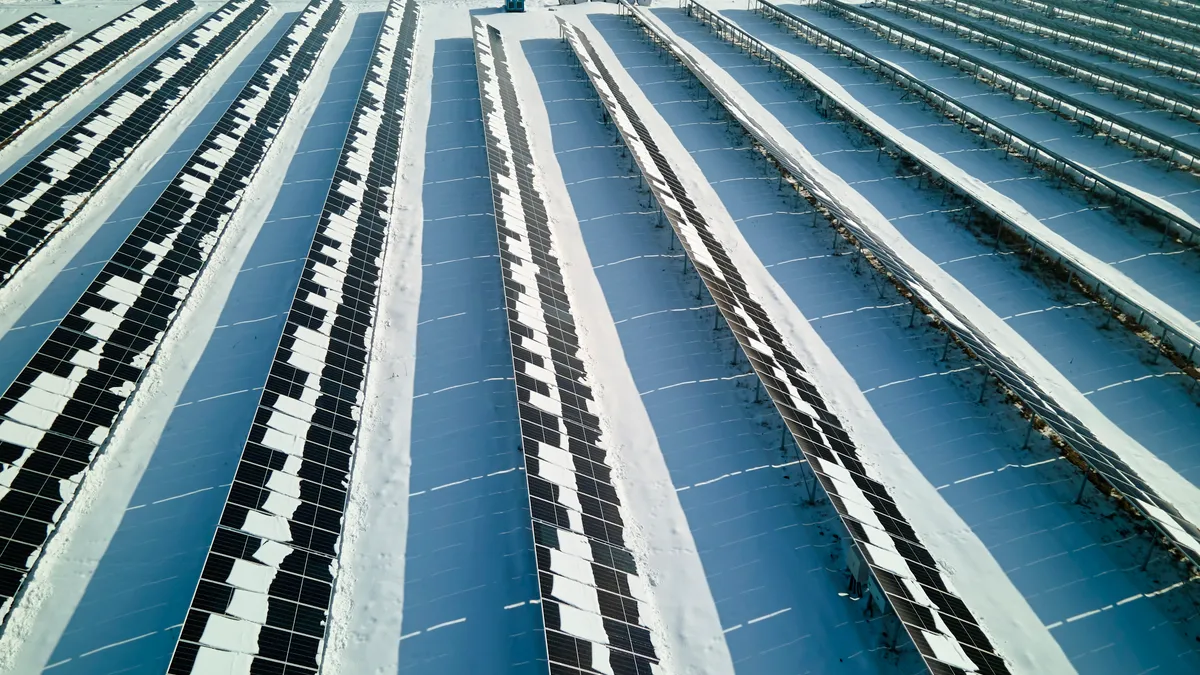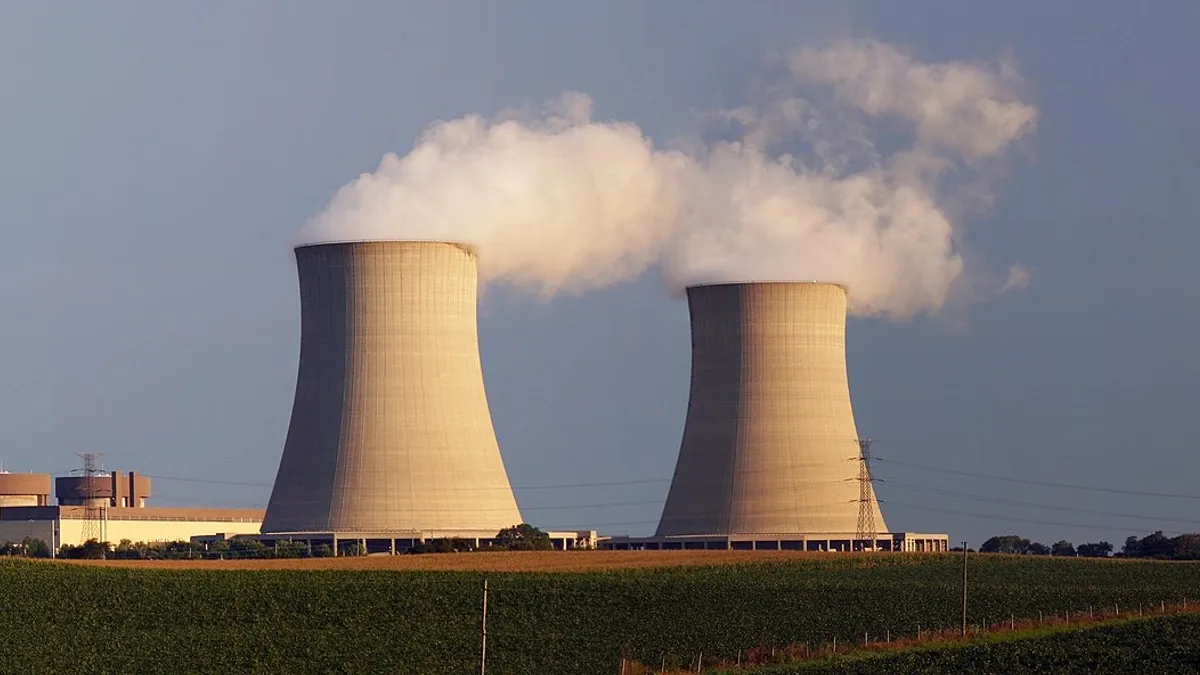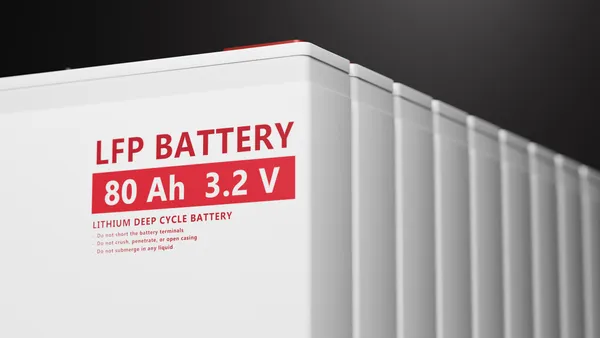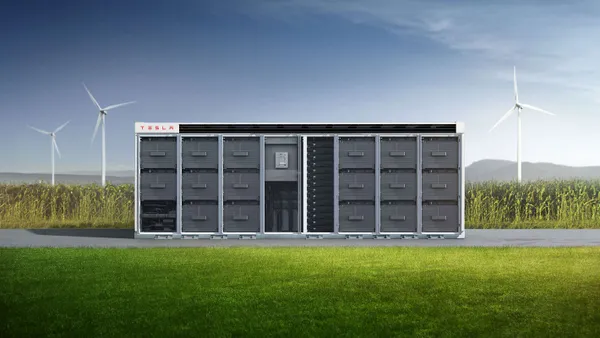Dive Brief:
- Tesla CEO Elon Musk unveiled an integrated solar roof and battery storage product at an event Oct. 28 in Los Angeles. The new roof is designed to mimic several traditional roof designs and will cost less "than a normal roof plus cost of electricity," according to Musk.
- The new 7 kW, 14 kWh battery system is being priced at $5,500 and the system will integrate with Tesla's electric vehicle chargers. The offering will come from Tesla Energy, the planned brand name for the combined Tesla and SolarCity, should shareholders approve their proposed merger.
- The announcement follows Tesla's official release of the second generation of its grid-scale battery on Thursday night. The Powerpack 2.0 uses upgraded power electronics and a new inverter to deliver twice the energy density of its predecessor at a cost competitive with tradition generation, the company announced in a blog post.
Dive Insight:
Tesla's announcement today makes good on Elon Musk's promise to "create a smoothly integrated and beautiful solar-roof-with-battery product," first previewed in Musk's "Master Plan Part Deux" in July.
The solar roof system announced Friday appears to fit the bill: The solar panels resemble traditional roofing tiles, and Musk said they are designed to cost less than a traditional roof plus the cost of electricity and last longer.
The new roof system would integrate with the Powerwall 2.0 battery system, which Musk said could power the refrigerator, sockets and lights of a four-bedroom house for a day — or indefinitely when combined with rooftop solar. Musk touted a future where everyday consumers would have an electric car, a battery and a solar roof on their home.
The new solar-plus-storage offering builds on Tesla's original Powerwall, first released last spring — a product that brought residential energy storage to the consumer mainstream. The battery was a standalone product and struggled at first to integrate with SolarCity's panels.
While clearly different from other solar-plus-storage offerings, the offering is contingent on one big factor — Tesla's acquisition of SolarCity. Musk warned in his Master Plan this summer that the integrated offering would be impossible as two separate companies. In June, Tesla moved to buy the installer, but the deal is not yet done — shareholders are slated to vote on the deal Nov. 17.
How Tesla's move to integrate its batteries and panels will affect the solar and storage markets remains to be seen. Currently, third party developers like AMS and Sunrun use Tesla batteries for commercial battery and solar-plus-storage offerings. If Tesla Energy follows a similar model to its vertically-integrated car company, it could cease selling batteries to third parties.
If Tesla follow's Musk's plan, the new product will be sold through all-in-one retail stores, supplanting SolarCity's door-to-door sales strategy that propelled the company to become the largest U.S. residential solar installer. The aim of the new sales strategy, Musk wrote, is "one ordering experience, one installation, one service contact, one phone app [to control the systems].
Electric utilities need not fear Tesla's new offering, Musk said in his product announcement. As electric vehicles add demand for the power system, Musk predicted that the utility power will need to increase, eventually reaching an equilibrium with about one-third of power coming from distributed energy and two-thirds from utilities.
Correction: This post has been altered to reflect that Advanced Microgrid Systems (AMS), and not AES Energy Storage (AES), uses Tesla batteries for their offerings.











